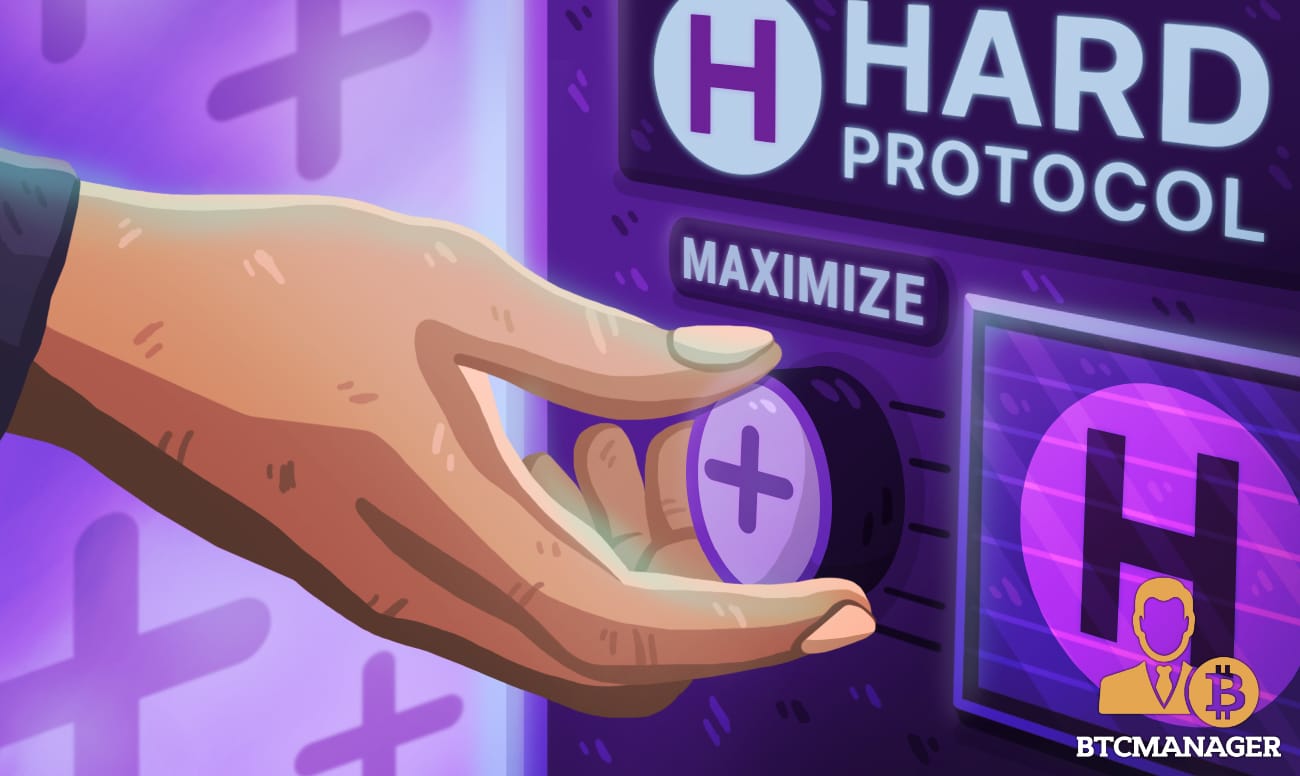How to Maximize The Benefits of the Hard Protocol, a Cross-Chain Money Market on the Kava Blockchain

DeFi is the new cool in crypto circles. It has, undoubtedly, opened up new opportunities and is part of the bigger drive by the crypto community to democratize finance.
Lending, trading, borrowing, and more are now available to people. Interestingly, and specifically, the process of lending and borrowing is paperless without a middleman.
The Kava blockchain is community-driven and boasts of several dApps built by the community to advance the creator’s objective of creating a simple to use and easy cross-chain DeFi platform. Kava enables borrowing and lending of several assets including USDX, BUSD, XRP, and BTC.
Anchoring on Kava’s blockchain is the Hard money market decentralized application.
What are Hard Money Markets?
Hard is the money market app that’s similar to Aave, but different in that it supports BTC, XRP, USDX, BNB, and BUSD to name a few. Hard is a cross-chain money market that allows users to earn more from their assets.
The dApp runs on the interoperable Kava, and as such, several digital assets like XRP and BTC can be supplied and borrowed for better returns.
Hard depends on Kava’s security, Chainlink oracles, and interoperability to securely provide the best DeFi services to the masses.
First announced in September, there are three core aspects of the Hard Protocol:
- The supply-side where users can supply listed coins to earn interest without the need of borrowing or managing liquidation risks.
- The borrow-side is where borrowers can lock their digital assets as collateral and take out loans.
- Earn where both suppliers and borrowers receive the HARD governance token as an incentive for participating.
Development is in the lock-up step that involves earning rewards and yield with little maintenance compared to other high yield earning products.
Suppliers of digital assets–BTC, XRP, BNB, BUSD, and USDX, can, at the moment, earn interest and be rewarded in the HARD governance token to sweeten traders appetite.
However, on Dec 30, borrowers will, on top of taking out loans, earn the HARD governance token with expanded functionality.
The HARD Governance Token
In the spirit of community, a principle that powers crypto and blockchain, the Hard protocol is open-source and accessible to everyone.
Besides being used to bootstrap liquidity and incentivize user participation, the HARD governance token will be required for proper decentralization of the protocol as well as to ensure the continuous evolution of the dApp. Ideally, the main drivers of Hard are holders of the HARD token; receivers who actively use the dApp by actively supplying assets and taking out loans.
The HARD token essentially gives holders a voice. Token holders are collectively responsible for managing important facets of the protocol including determining interest rates, supported assets, fees, and more.
Distribution of HARD started on Oct 15 when the Supply-side deposits and HARD incentives for BTC, BNB, HARD, and USDX, began. That is when the first version of the protocol was launched together with the Kava-4 “Gateway” upgrade.
By the end of the year, the Hard protocol will be fully operational. The supply and borrow side functionality of the dApp will be ready and HARD will be distributed to all network participants. As aforementioned, this is a big part of DeFi and will encourage even more users and potentially create a network effect.
How to Maximize Hard Money Markets
Users who wish to maximize the cross-chain money market can do so in various ways. Notably, the protocol still relies on Kava for security, interoperability, for price feeds. Therefore, the interdependence between the two can be leveraged to benefit the user.
At the moment, the overarching objective of the cross-chain money market is to incentivize and boost the minting of USDX in the Kava.
Through June 2021, minters of USDX in the Kava lending platform will receive extra KAVA under the “Crypto Payday” promotion. Rewards won’t be transferable for one year. However, the minted USDX can be supplied to the Hard protocol affordably. In this case, a user receives HARD tokens as a supplier, and even above market rate APRs of 36 percent.
Earned HARD governance tokens can then be redeemed—every block, and recycled back to the protocol for an APR of 103 percent for even more HARD, creating a virtuous circle.
The interoperability of the base layer means users don’t necessarily have to tokenize their BTC/XRP. Instead, they can move them directly to supported wallets to be supplied to the Hard protocol at decent APRs without feeling the pinch of high network fees—or security lapses of custodians, directly to the money market.
There is also an opportunity for Kava stakers. These are the lynchpins of the base layer, ensuring that the Hard protocol executes smoothly and coins from other networks can be supplied on borrowed. Kava stakers, aside from receiving annual yields in KAVA, also stand to receive a share of 40 million HARD governance tokens. In the current and future setup, Kava stakers will receive a share of every idea and implementation launched on the Kava application platform. From this perspective it is clear that the KAVA token is undervalued.
Kava’s partnership with Reef further exposes its users to the earning opportunities offered by the Hard Protocol.














